|
|
| Пишет kavery ( @ 2007-11-30 12:54:00 |
|
|
|
|
|
|
|
|
|
|
|
|
|
|
Barbara Regina Dietzsch
Нет ничего удивительного в том, что многие женщины-художницы, жившие в 18-19 веках, становились художниками - натуралистами. Приличия не позволяли им работать с натурщиками, да и свободно гулять в поисках подходящих пейзажей у них особо не было возможностей. Не все рисковали переступить через эти правила. Что же им оставалось? Собственный дом и сад. Впрочем, для пытливого глаза и в саду можно найти много объектов, достойных кисти художника.
Barbara Regina Dietzsch (1706-1783)
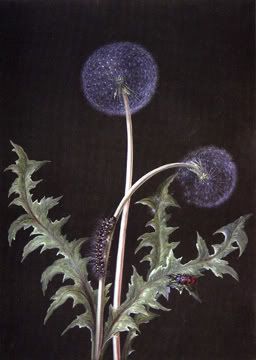
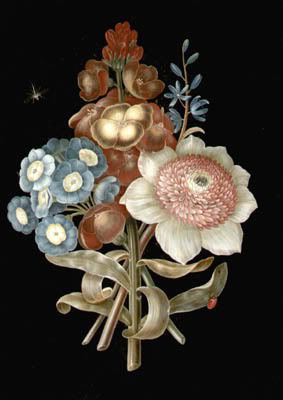
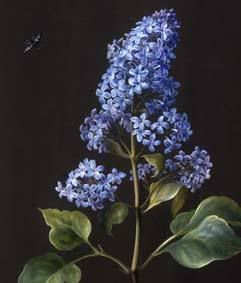
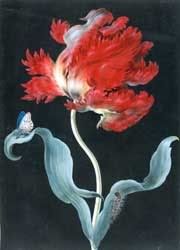
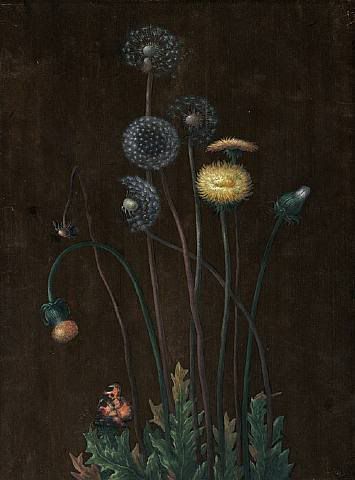
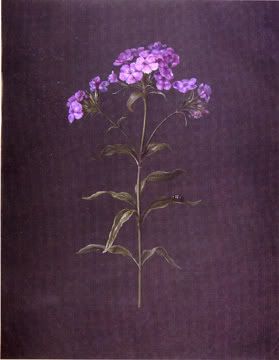
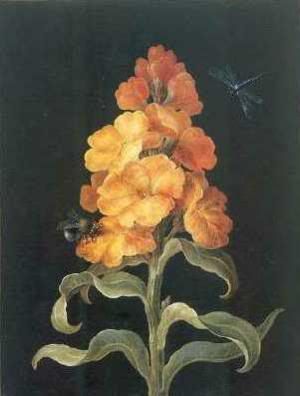
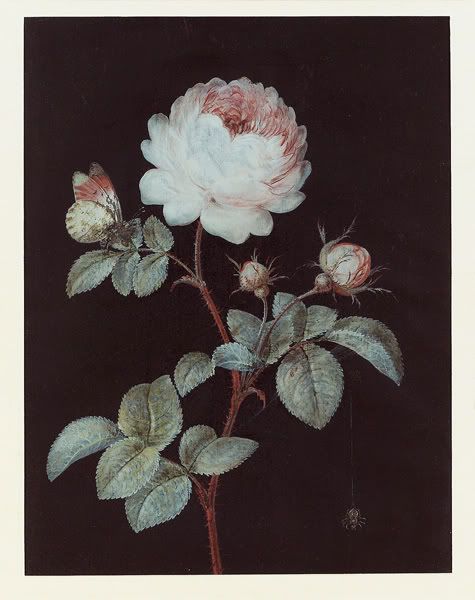
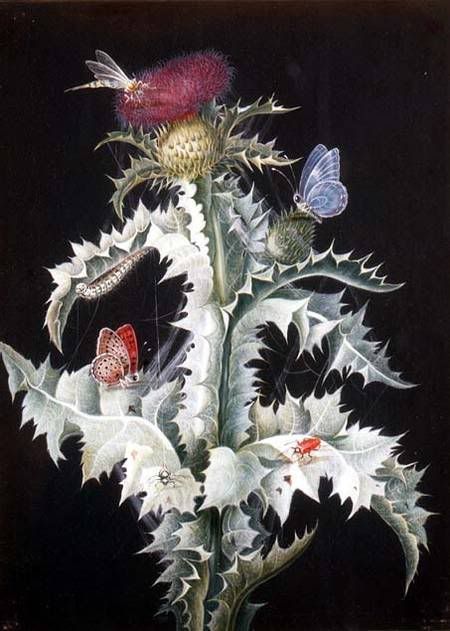
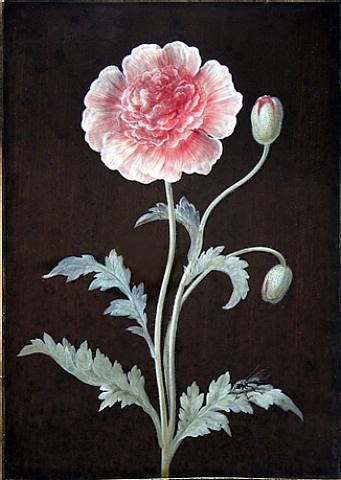
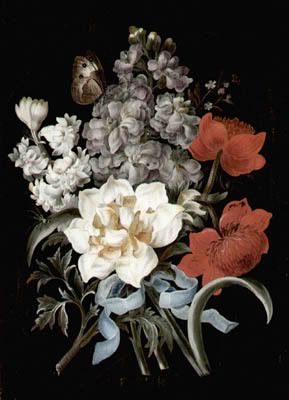
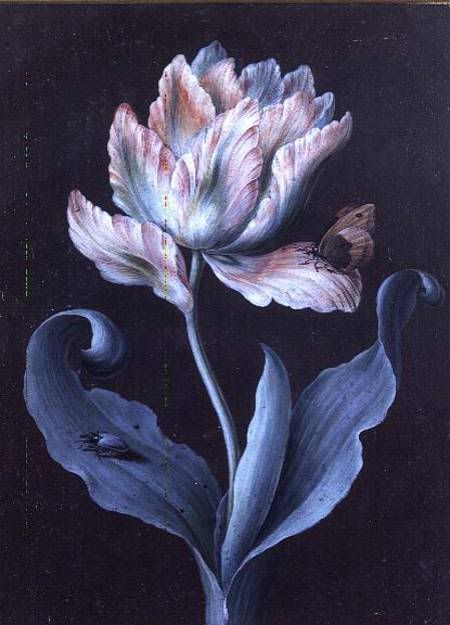
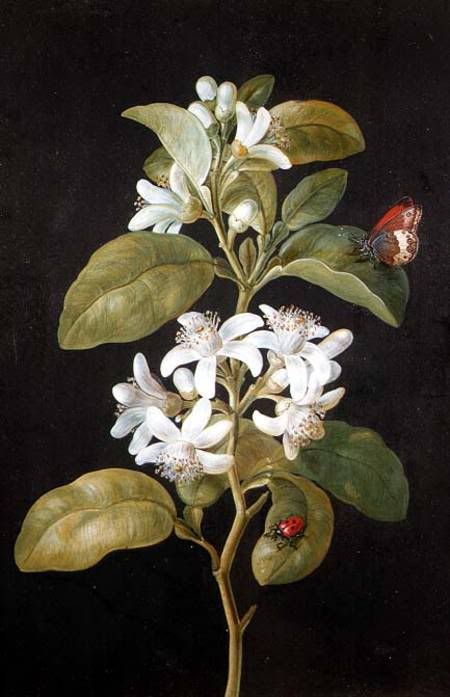
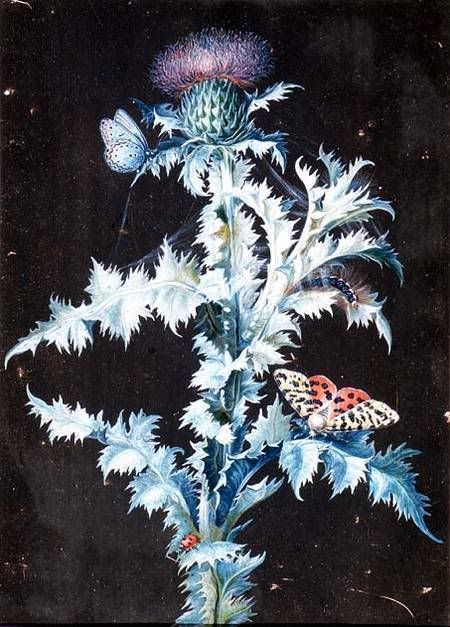
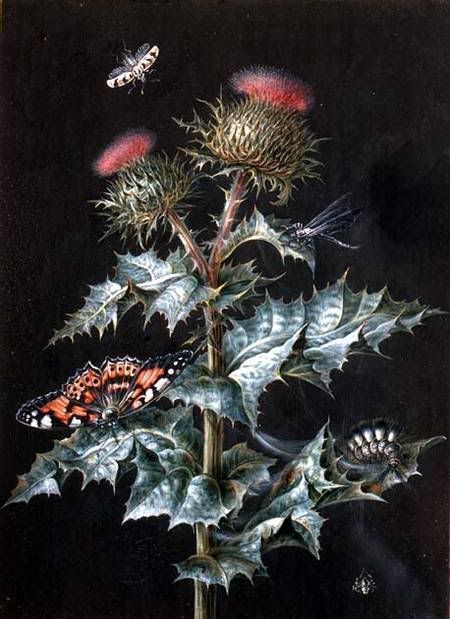
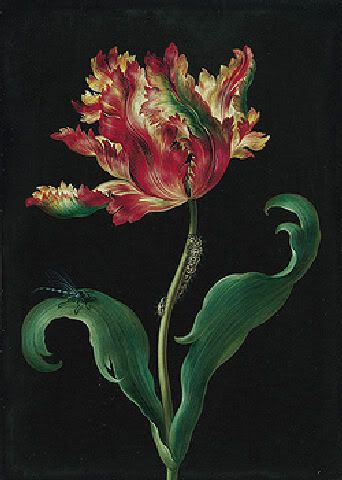

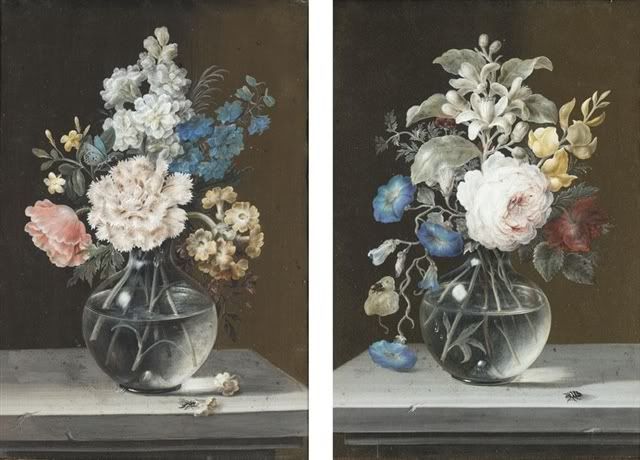
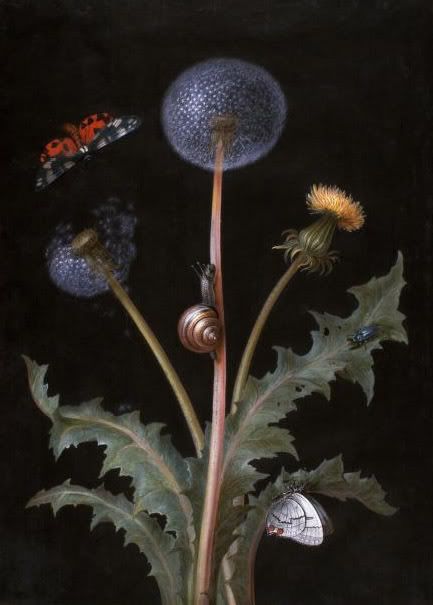
Barbara Regina Dietzsch was a painter of flowers and animals. Born in Nuremberg, she was the daughter of painter Johann Israel Dietzsch (1681-1754) and her brother and sister were also painters. 18th century Nuremberg was a major publishing center, and like other female flower painters working there, Dietzsch produced work to be translated into engravings. Based on extant examples of her work, she apparently was prolific as a painter as well, adopting a smooth and precise style in which highly decorative arrangements of colorful flowers were rendered against a dark background on vellum. Sometimes she painted bouquets and sometimes a single plant. The offered pair is typical of her bouquets -- ribbon-tied still life compositions, various insects such as beetles or lady bugs on the flowers or leaves, and translucent flying insects, all against a dark backgrounds.
At her death, the existence of over 100 gouache paintings of birds, insects and flowers by Dietzsch in the Grüner residence at Nuremberg was recorded. Today, the Morton Arboretum in Illinois has 72 of her paintings in its collection, and the Fitzwilliam Museum in England and Hunt Institute for Botanical Documentation at Carnegie Mellon University in Pittsburgh also have significant numbers of works by her.
------------------------
Painter of flowers and animals. Daughter of Johann Israel.~~London and Nuremberg were the chief centers of botanical illustration in the eighteenth century, and at Nuremberg one of the most illustrious names associated with this genre was Dietzsch. But more than one Dietzsch painted flora and fauna: Barbara's father, Johann Israel, her brother, Johann Christoph, and her sister, Margareta, all were employed by the Nuremberg court. The family's work was collected in the Netherlands and England as well.~~Botany was an important aspect of medical training until the later nineteenth century, and physicians of the time, like all biologists, were concerned primarily with description and classification. Furthermore, as medicine represented a marriage of many fields, it was not unusual for a physician to be a patron of the arts, especially when these arts served to enhance the appreciation of natural history. Thus it was that Dr. Christoph Jocob Trew (1695-1760), who had a deep interest in botany and bibliography, enthusiastically supported botanical art in Nuremberg, making the city an important center for work such as that of the Dietzsch family. Although their art seems to present the natural world theatrically, it does so to focus on the beauty and wonder of natural structure and color, without mythical or religious symbolism. These concerns were shared by leading natural philosophers of the day and, as works inspired by this new emphasis, the jewel-like gouaches of the Dietzsches reflect a fascinating period in the history of science.~~Because all four Dietzsches treated similar subject matter and commonly chose to present their compositions against a black background, attribution is a challenge. All were competent to execute detailed and dramatic renditions of common flowers, fruits, and vegetables, and many examples can be studied at Bamburg and at the Fitzwilliam Museum, Cambridge
Отличительной чертой картин этой художницы является их темный фон. Мне это даже нравится. Цветы на нем смотрятся более ярко и контрастно.
Насколько я поняла, рисовала она гуашью на холсте.
Нет ничего удивительного в том, что многие женщины-художницы, жившие в 18-19 веках, становились художниками - натуралистами. Приличия не позволяли им работать с натурщиками, да и свободно гулять в поисках подходящих пейзажей у них особо не было возможностей. Не все рисковали переступить через эти правила. Что же им оставалось? Собственный дом и сад. Впрочем, для пытливого глаза и в саду можно найти много объектов, достойных кисти художника.
Barbara Regina Dietzsch (1706-1783)



















Barbara Regina Dietzsch was a painter of flowers and animals. Born in Nuremberg, she was the daughter of painter Johann Israel Dietzsch (1681-1754) and her brother and sister were also painters. 18th century Nuremberg was a major publishing center, and like other female flower painters working there, Dietzsch produced work to be translated into engravings. Based on extant examples of her work, she apparently was prolific as a painter as well, adopting a smooth and precise style in which highly decorative arrangements of colorful flowers were rendered against a dark background on vellum. Sometimes she painted bouquets and sometimes a single plant. The offered pair is typical of her bouquets -- ribbon-tied still life compositions, various insects such as beetles or lady bugs on the flowers or leaves, and translucent flying insects, all against a dark backgrounds.
At her death, the existence of over 100 gouache paintings of birds, insects and flowers by Dietzsch in the Grüner residence at Nuremberg was recorded. Today, the Morton Arboretum in Illinois has 72 of her paintings in its collection, and the Fitzwilliam Museum in England and Hunt Institute for Botanical Documentation at Carnegie Mellon University in Pittsburgh also have significant numbers of works by her.
------------------------
Painter of flowers and animals. Daughter of Johann Israel.~~London and Nuremberg were the chief centers of botanical illustration in the eighteenth century, and at Nuremberg one of the most illustrious names associated with this genre was Dietzsch. But more than one Dietzsch painted flora and fauna: Barbara's father, Johann Israel, her brother, Johann Christoph, and her sister, Margareta, all were employed by the Nuremberg court. The family's work was collected in the Netherlands and England as well.~~Botany was an important aspect of medical training until the later nineteenth century, and physicians of the time, like all biologists, were concerned primarily with description and classification. Furthermore, as medicine represented a marriage of many fields, it was not unusual for a physician to be a patron of the arts, especially when these arts served to enhance the appreciation of natural history. Thus it was that Dr. Christoph Jocob Trew (1695-1760), who had a deep interest in botany and bibliography, enthusiastically supported botanical art in Nuremberg, making the city an important center for work such as that of the Dietzsch family. Although their art seems to present the natural world theatrically, it does so to focus on the beauty and wonder of natural structure and color, without mythical or religious symbolism. These concerns were shared by leading natural philosophers of the day and, as works inspired by this new emphasis, the jewel-like gouaches of the Dietzsches reflect a fascinating period in the history of science.~~Because all four Dietzsches treated similar subject matter and commonly chose to present their compositions against a black background, attribution is a challenge. All were competent to execute detailed and dramatic renditions of common flowers, fruits, and vegetables, and many examples can be studied at Bamburg and at the Fitzwilliam Museum, Cambridge
Отличительной чертой картин этой художницы является их темный фон. Мне это даже нравится. Цветы на нем смотрятся более ярко и контрастно.
Насколько я поняла, рисовала она гуашью на холсте.